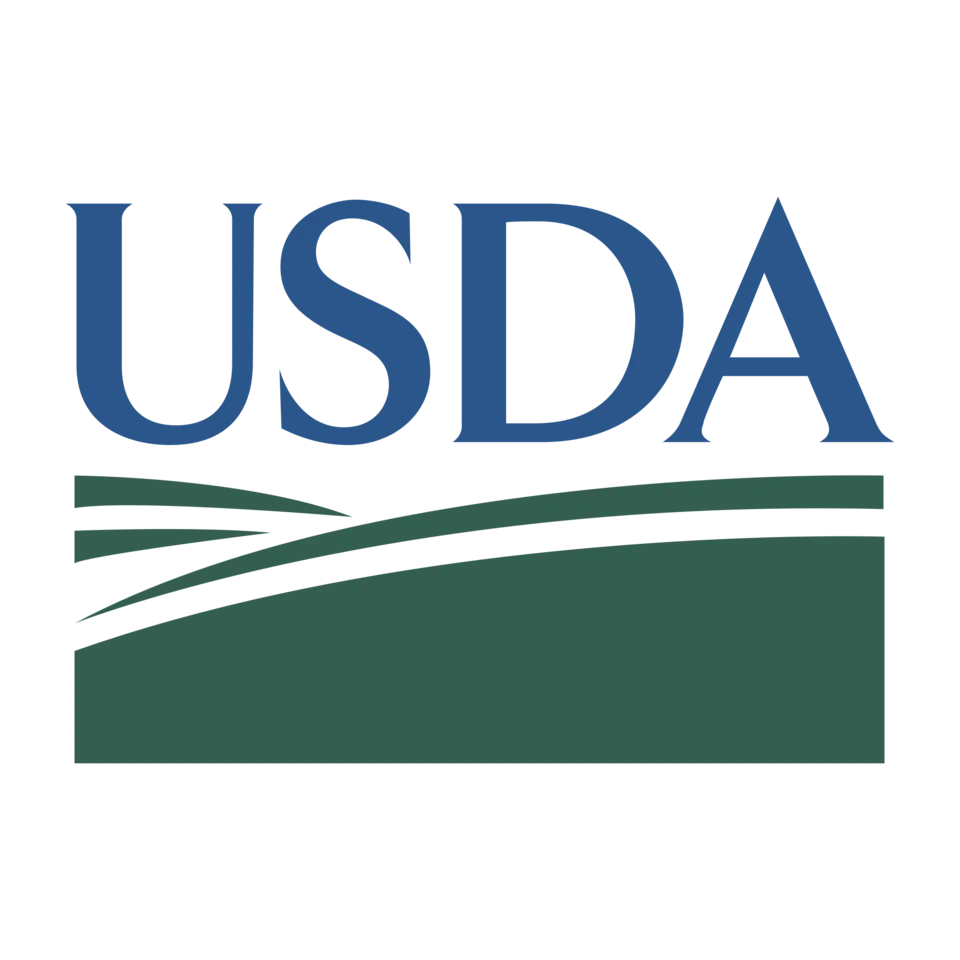
Securing the Heartland: How the Farm Security Action Plan Aims to Protect U.S. Agriculture
Securing the Heartland: How the Farm Security Action Plan Aims to Protect U.S. Agriculture
On a warm morning in Little Rock, Governor Sarah Huckabee Sanders joined officials from the U.S. Department of Agriculture to announce something new. The Farm Security Action Plan, rolled out with flags behind the podium and firm language in the press release, isn’t just farm policy. It’s framed as national defense.
At the core is a ban. Entities tied to countries labeled as “foreign adversaries” by federal agencies can no longer buy U.S. farmland, or control ag operations through corporate channels. Not through shell companies, not through holding structures. If there’s foreign control, it’s blocked.
This follows months of headlines and hearings. Lawmakers have been asking hard questions since news broke about Chinese firms buying land near U.S. military sites. Some of those deals closed quietly. Others got tangled in state-level opposition. The new federal plan aims to make those questions moot. If the buyer is linked to an adversary nation, the deal doesn’t happen.
Governor Sanders said what a lot of producers have been thinking. “Control of our food system is part of our national strength,” she told the crowd. “This policy keeps it here.”
But the plan goes beyond real estate. Any farmer or company applying for USDA loan programs, disaster assistance, or crop insurance subsidies now has to show who owns what. If there’s foreign capital involved, especially from countries on the restricted list, there’s a risk of being ineligible. For most family-run farms, this won’t change much. They’ll check a box, maybe file an extra form. But for large operations, especially those backed by investment groups, things get more complicated.
It’s not just about where the money comes from. It’s about who has influence. USDA wants to know whether foreign investors have decision-making power over production, land use, or revenue. That could mean new paperwork. It could also mean more oversight.
There’s no plan to unwind past land sales. The policy isn’t retroactive. But it’s clear the federal government is changing its posture. And that change will ripple out fast, through financing channels, eligibility screens, and eventually, through how land deals are made in the first place.
In sectors where ownership structures are layered, farmland REITs, multistate grain firms, large-scale poultry integrators, there’s now a reason to double-check every document. Legal teams are already reviewing.
And USDA? They’re signaling this is just the beginning.
Financial Implications, Investment Trends, and Landowner Considerations
The immediate target of the Farm Security Action Plan is clear, block foreign adversaries from acquiring U.S. farmland. But the effects don’t stop there. For landowners, lenders, and ag investors, the changes reach into how deals are financed, how assets are evaluated, and who qualifies for federal support going forward.
Start with credit. USDA-backed loan programs now require full ownership transparency. That means lenders, especially those working in the Farm Credit System or with regional banks, need to verify not just who’s applying, but who sits behind them. For most borrowers, it’s straightforward. For others, particularly in operations with multi-tiered investment stacks or offshore affiliates, the process just got slower.
Some lenders see the upside. More diligence means better alignment with federal rules. But it also means longer underwriting cycles, more back-and-forth, and potentially new legal costs for clients trying to navigate ownership disclosures. That slows things down. Deals that used to close in weeks may now stretch into months.
Land sales could shift too. Foreign-backed investment firms, including pension groups and sovereign wealth arms, have been active in farmland over the past decade. They’ve targeted high-value cropland, properties near major aquifers, and land with strong yield histories. If those buyers exit, or can’t clear compliance reviews, pricing dynamics could soften in some regions. Analysts aren’t forecasting a crash, but fewer bidders means less upward pressure.
That’s not necessarily bad news for U.S. producers looking to buy land. It may ease competitive pressure in select counties where institutional money has been active. Still, landowners aiming to sell this year are being advised to vet potential buyers more carefully. Transactions involving corporate structures will need legal reviews before closing. Brokerages are adjusting due diligence protocols accordingly.
And what about enforcement? USDA hasn’t detailed exactly how it plans to monitor ownership over time. There’s talk of annual reporting, audits tied to program applications, possibly even cross-agency data sharing. What’s clear is that the agency is preparing to track ag ownership with a closer lens than before. For firms already holding U.S. land, that could mean reviews even without new acquisitions.
Ag investment firms are watching closely. The policy doesn’t unwind old deals, but it draws a boundary, and suggests more could come. Some funds may slow their U.S. deployment plans. Others will rework structures to meet disclosure thresholds. Everyone is paying attention.
For producers, especially those with no outside capital, the message is simple: federal backing is here, but tied to U.S. control. That doesn’t just mean legal paperwork. It means an expectation, that American farmers, not foreign stakeholders, set the direction.
The Farm Security Action Plan isn’t sweeping in its language. But it shifts how agriculture fits into the broader national interest conversation. It reframes food production as not just economic, but strategic.
That shift could reshape how the sector grows. And who’s allowed to grow with it.